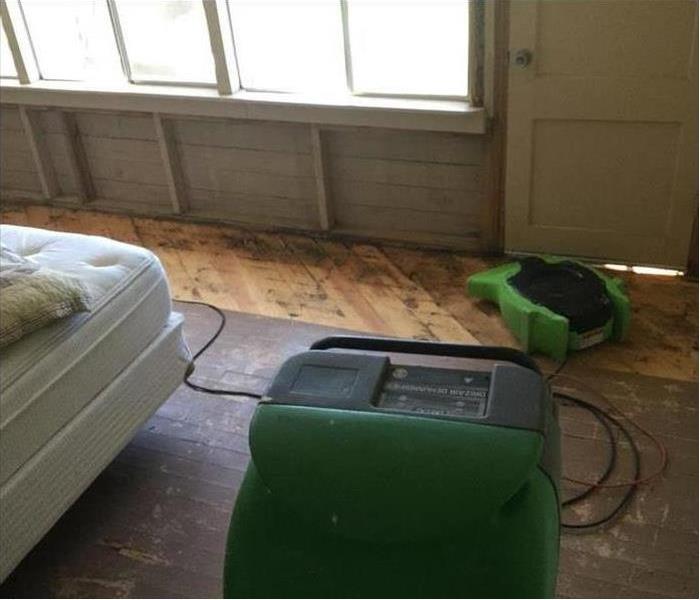Best Practices for Cleaning After a Flood
8/7/2020 (Permalink)
The myriad effects of a flood are not pretty. Whether you experience a powerful storm surge or the rising of a nearby body of water, a flood can leave mud, contaminated water and debris in various parts of your home. It can soak carpeting and upholstery and personal belongings and coat them with a stubborn layer of filth. The cleaning requirements after a flood are very specific and go beyond normal cleaning. A professional flood mitigation franchise in Lynnville, TN, understands the need for quality standards when cleaning flood waters. All elements and materials in a home are subject to damage.
Affected Areas of the Home
In addition to the normal suspects, a home faces damage in many areas after a flood. These unexpected areas include the following items, systems, and places:
- Electrical components
- Heating and cooling systems and ducts
- Appliances
- Drywall
- Insulation
- Mattresses
Due to the nature of a flood, special cleaning requirements such as a tear-out may be called for. This involves the cutting out of portions of drywall and insulation and replacing them with new materials. A powerful yet safe flood disinfectant will need to be used on any surfaces that the floodwaters came in contact with. Technicians will take their cue from leaders in the cleaning and restoration industry that establish high standards.
Additional Problems To Address
To get a house flood clean, trained technicians use the latest technology to locate high humidity and areas of mold growth. Some personal belongings and other household items will need to be thrown out. Odors often linger until the house is spotless. Tiny organisms can survive long after an area looks clean, so experienced technicians always follow the latest cleaning requirements. The use of approved antifungal and antimicrobial ensure bacteria and viruses are wiped out. Cleaning the damage and filth caused by a flood requires knowledge and special equipment.



 24/7 Emergency Service
24/7 Emergency Service
